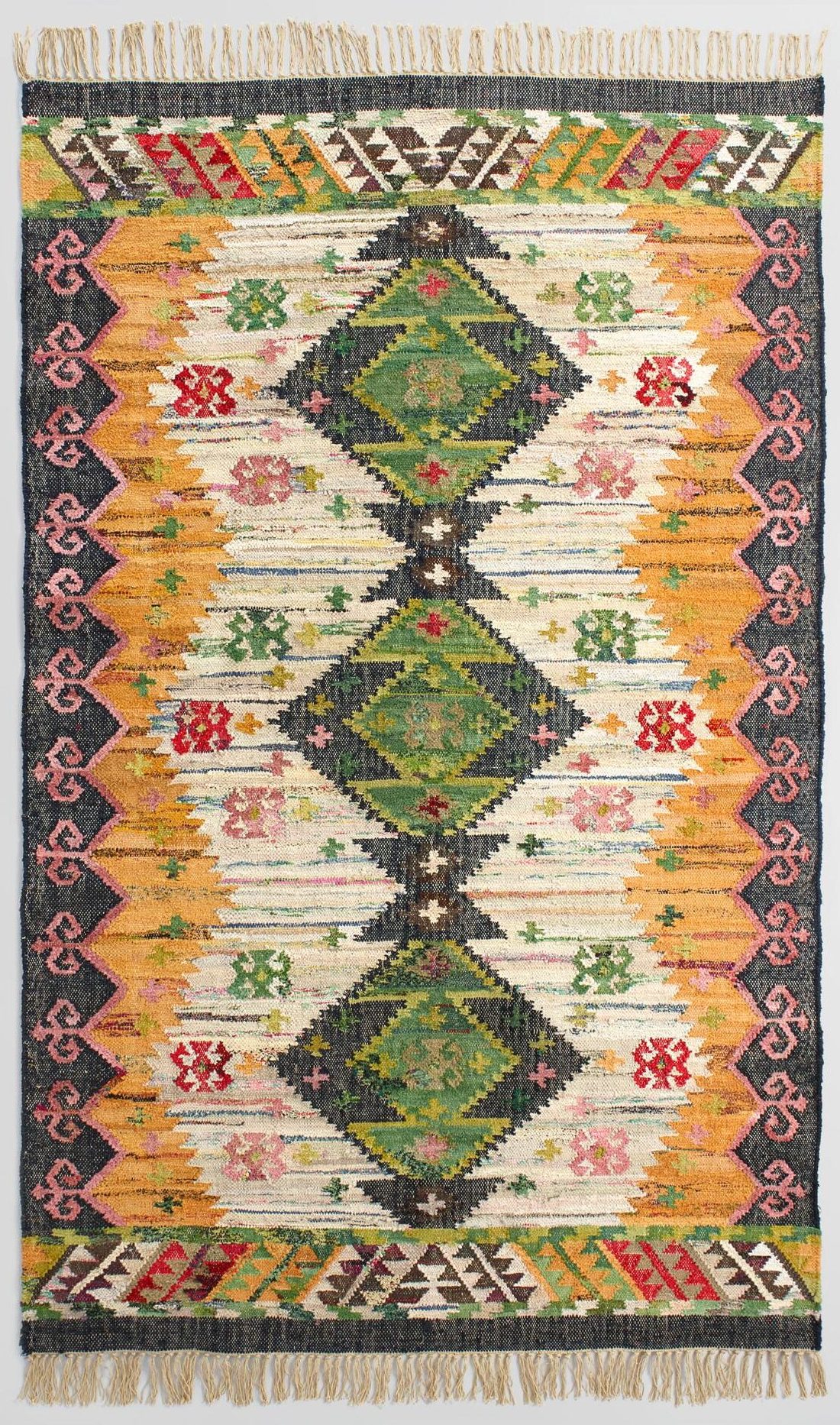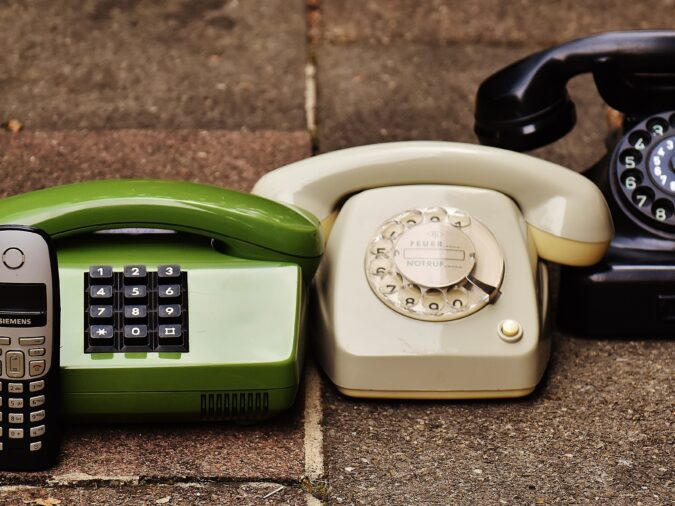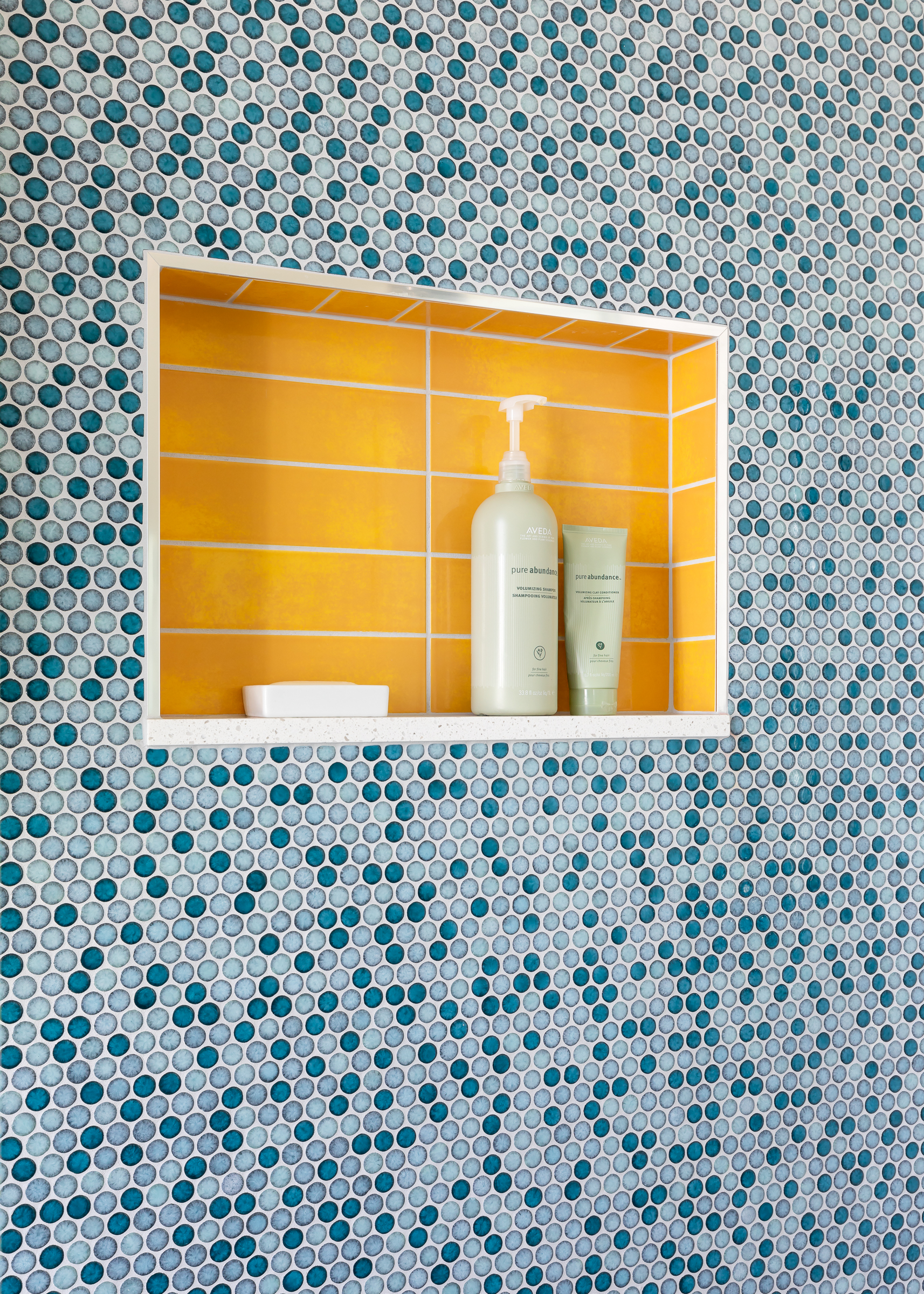Tufted, Flat, or Hand Knotted: Why are carpets so darn expensive?
Tufted, Flat, or Hand Knotted: Why are carpets so darn expensive?

Eager to get happy at home right now?
Get 10 tips for a happier home!
In the past we’ve talked about pile height and pile style, and now it’s time to geek-out on carpets and rugs with a deeper dive into construction techniques, and how it affects their longevity and durability. Ready to get geeky?! 🤓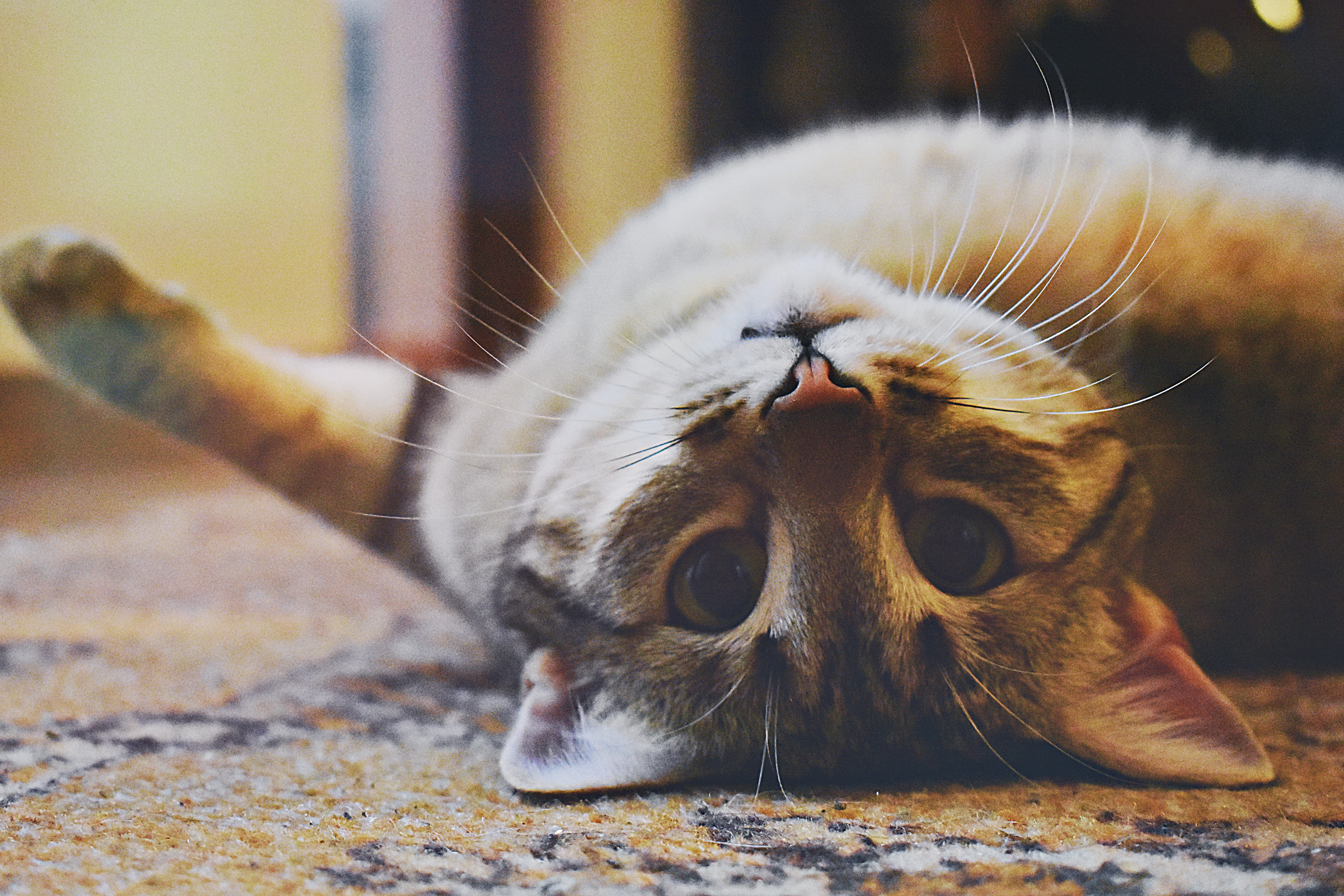

Tufted carpets and rugs are created without using knots. Instead, loops of yarn are pulled through a backing material either by a machine or with a hand-held tool. Once the loops have been pulled through, the yarn may be cut to create a soft surface texture, and then a canvas backing is glued to the back of the rug to keep the tufts in place. (Technically, the loops might be cut, uncut, or partially cut, but most folks associate tufted with cut ends, and call the looped version a “hooked rug”.)
This is the least labor intensive method of the three described in this post and it results in a relatively quick production time, and therefore lower costs. Many of the rugs you see online or at the more affordable home stores are tufted, though don’t be fooled – you can get very expensive, beautiful, handmade tufted rugs! Standard tufted rugs will last around 5- 10 years depending on how much traffic they see, and a higher quality tufted rug could last you 15-20 years.
Note that some people avoid tufted rugs because the backing is glued on, and sometimes the glue gives off an odor (especially when it’s new) and the fibers can be prone to shedding (especially during the first six months, and particularly if it’s wool). If you can’t handle a rug that sheds, beware of tufted wool rugs (at nearly any price point).
Some tufted rugs have an integrated non-slip backing, but if it doesn’t, you’ll want one anywhere you have a rug that isn’t anchored by heavy furniture (like in a kitchen or hall). Rug pads are *always* recommended anyway because they help prevent the rug fibers from getting crushed and extend the life of your rug.
Here are a few short videos that show both these rugs being made using a hand tufting gun and one using a hand held tool. Here’s a video showing the making of a machine-tufted rug.

Flat weave rugs are woven on a loom (either by hand or by a machine) by weaving horizontal yarns through vertical yarns (wefts through warps). A flat-weave doesn’t have a backing (or a pile), which means that it tends to be reversible! When you’re looking at a Dhurrie or a Kilim rug like this one from World Market (the name refers to the style, and often to a tribe or culture that is associated with the pattern) you’re most likely looking at a Flat-Weave rug.
Because you can flip these rugs over to extend their lifespan, they are great for high-traffic rooms and spill-prone areas like kitchens and entryways. Lower cost versions can be pretty flimsy though, so trying to use them under dining tables can be frustrating as the buckle every time you try to push in a chair. Also, with no integrated backing, you *definitely* want a non-slip rug pad under the rug to keep it from slipping out from under your feet.

Hand knotted rugs are made with the most labor-intensive rug making technique. Each *individual* knot is tied by hand (yes, ONE at a time!) to warp yarns (those vertical yarns on a loom) the entire length of the rug. This means you should expect to pay a premium for this kind of rug, but rest assured that a lot of time (six months or longer), energy and love went into the piece, and that it’s one of a kind. Looking at the back of a handwoven rug, you can see each individual knot used to create the pattern on the rug’s surface, and you’ll often see tiny variations from knot-to-knot (that’s one way to identify a truly handmade rug) and the edges (and sometimes fringe) will be woven as part of the rug (unlike a tufted rug where the edges and fringe are sewn on).
These types of rugs have the highest durability. A good handwoven rug can easily last 10 to 25 years, and an excellent one can be marveled over for more than 100 years! Somehow, they even look better with age, even with a few moth holes or whiskey stains!
![]()
As with anything you buy for your home, functionality and practicality comes first. No matter which rug or carpet you choose for your home, remember to start with the basics and ask yourself what you need from it. Does it need to hold up to lots of foot traffic? How about food and drink spills? Do you want to create a cozy oasis? Would you like a rug that can be cleaned again and again and always look great? Or are you more comfortable with a rug you invest very little money into, you can destroy, and then send to the dump in 5-7 years? Once you know what you need from your rug, it’s easier to make the call about the right style that’ll fit your needs! Ready to shop for the right rug for your space? We’d love to co-shop virtually via a Design Helpline! Schedule a session to get started making your space a happy one!
May your home (and your floors) always be happy!
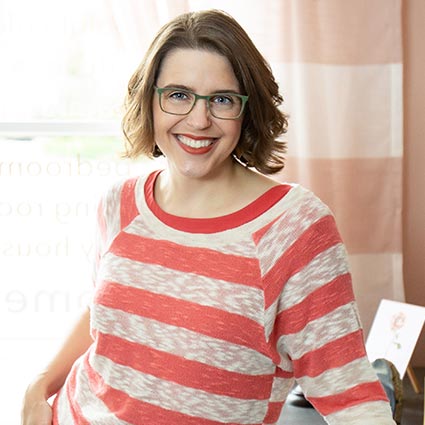
HI, I'M REBECCA WEST!
I’m an interior designer, author, podcaster, speaker, and coach to other designers. (Whew!) But I’m not your classic interior designer because, frankly, I don’t care if you buy a new sofa. I do care if your home supports your goals and feels like “you.” Remember, happy starts at home!
More From Seriously Happy Homes
Are you ready for a seriously happy home?
(Cue the confetti!)

Eager to get happy at home right now?




